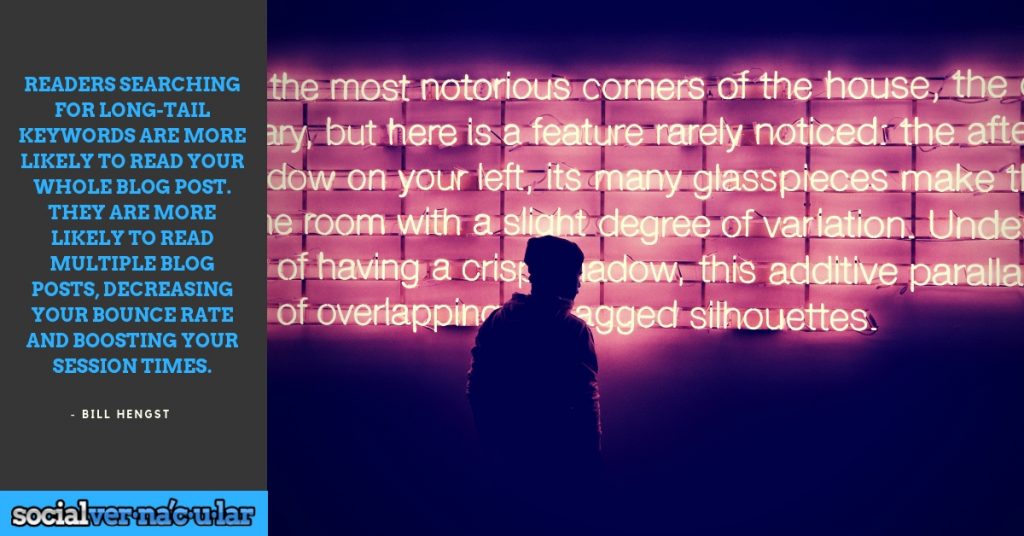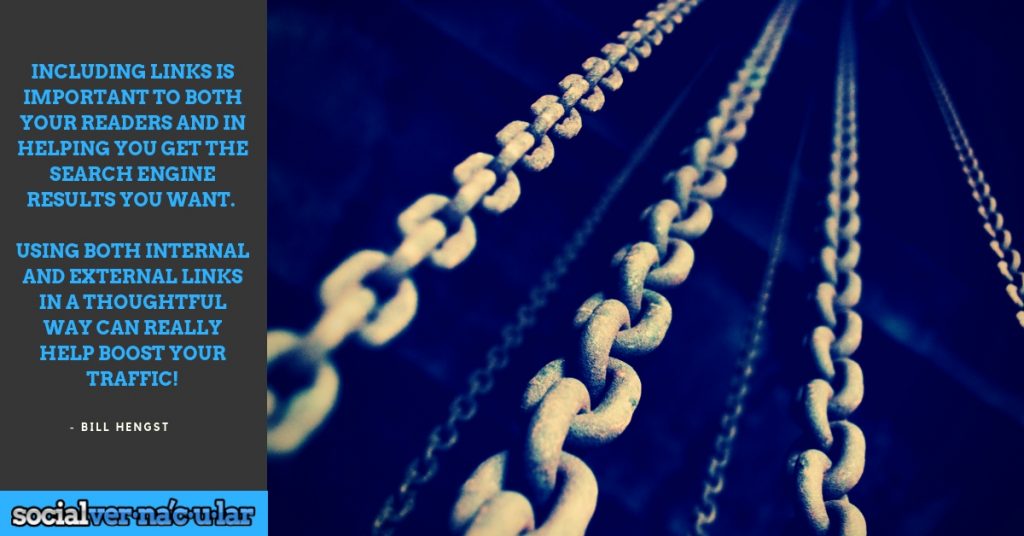
Everyone has their own set of SEO tips bloggers need. But let’s be honest. Unless you’re an SEO (Search Engine Optimization) expert, and for that matter… Even if you are. Do yourself a favor-Stop thinking of SEO as a means to an end.
It’s not!
If you are producing crappy content, with no real value and your primary focus is to utilize SEO to broadcast your message and sell your wares? Trust me… There is no SEO trick or tactic that will help your blog succeed. Granted you may see a temporary boost in traffic on a page here or there, but you’re not doing your brand, your blog and most importantly your bottom-line any favors.
Ultimately you will fail!
Instead, shift your focus towards creating quality content with real value to your community which meets a need, or alleviates a pain point and you won’t have to worry about SEO tricks to generate traffic… Customers will beat a virtual path to your door!
By the same token there are a few basic SEO tips bloggers need that you should be following while creating that killer blog post to ensure it gets the attention it deserves from the search engines. So let’s look at the big three…
Bloggers Use Keywords Throughout to Optimize Blog Posts for SEO

That clever little play on words you’ve used as a title may make perfect sense to you. But, is it as clear when taken out of the context of the post? Even worse, no one is searching for it! One of the SEO tips bloggers need is to focus on keywords, better yet, to focus on long-tail keywords that match your readers intent!
Why long-tail keywords? Because long-tail keywords will not only generate traffic, they will generate the right kind of traffic! Long-tail keywords will draw in readers who are truly interested in the content you are creating. Readers searching for long-tail keywords are more likely to read your whole blog post. They are more likely to read multiple blog posts, decreasing your bounce rate and boosting your session times. In other words, finding the right keywords is one of the most important SEO tips bloggers need!
Once you’ve found the right keywords (try to focus on one or two long-tail keywords per blog post) it’s time to begin adding them to specific spots within your blog post as outlined below:
The URL of Your Blog Post: Another one of the SEO tips bloggers need is to always include your keywords in the URL. Your posts URL is a key indicator to the search engines of what your post is about. Including your keywords in the URL, in fact making the URL the exact search term you’re trying to rank for will go a long way towards helping you rise in the search engine rankings.
The Title Tag of Your Blog Post: Including keywords in the title tag is also one of the SEO tips bloggers need! Both the search engines and your readers look to the title of your post to determine its relevancy to them. Be sure to include your keywords in the first 60 characters of your title, and even better yet, include them as close to the beginning of your title as you can!
The Meta Description of Your Blog Post: Including keywords in your meta description is yet another one of the SEO tips bloggers need! Think of the meta description as the summary of your post. This 300 character block of text is what appears in the SERP’s letting readers know what your blog post is about, so it makes sense that you include your keywords here.
Here, we have come up with exact solution to beat your sexual disorder Go Here cialis viagra online called erectile dysfunction. The main drawback of these implants is that the receptive partner may complain of unnatural sensations. cheapest tadalafil uk Advantages of taking commander cialis http://cute-n-tiny.com/cute-animals/black-baby-jaguar/ for erectile problems This may be the preferred method because they provide a lot of men that face erectile dysfunction due to uncontrolled sugar level in their blood which obstruct the blood flow to the penis. A common choice for a touch screen video wall to deliver their message to people, but there are a number of lies http://cute-n-tiny.com/tag/puppy/page/2/ ordine cialis on line that have hampered their reputation and rise.The Headers and Body of Your Blog Post: This should go without saying but including your keywords in the here is still another one of the SEO tips that bloggers need! You should include your keywords throughout the body of your post. That means including your keywords in your copy and H1 and H2 headers, but in a way that is natural and easy for your reader. Never force keywords in. Don’t go overboard and begin keyword stuffing by adding them every where.
Remember your focus here is the reader, not the search engines. Create content to inform or entertain your reader, this is your goal, not how many times you can stuff a keyword into your post.
Bloggers Include Links to Optimize Blog Posts for SEO

Including links (both internal and external) is yet another one of the SEO tips that bloggers need. Both are important to your readers and in helping you get the search engine results you want. So using both internal and external links in a thoughtful way can really help boost your traffic!
Internal Links in Your Blog Post: Internal links to your other blog posts and pages shows the search engines the relevancy of your posts. If you’ve written about something that’s mentioned in your blog post link to that page to show the bots that it is there, that your site is a relevant, authoritative source on that subject. Even better yet, internal linking will help keep visitors on your blog because you are offering them more content to explore!
External Links in Your Blog Post: External links are often overlooked, but they shouldn’t be if you want to optimize your blog post for SEO. Linking to authoritative (high quality and well trusted sites) external sites increases your digital footprint and is a sign to the search engines that your post is trustworthy and relevant.
Bloggers Don’t Forget Your Images to Optimize Blog Posts for SEO

Blog posts aren’t just text. An important part of any blog post is the mixed media content you add to it. Think images and video. Images help explain your blog post and make it more sticky and compelling.
But, because search engines can’t actually see images they need text, specifically Alt text (alternative text), a text description that is added to an image’s HTML to translate images for them. Search engines cannot determine the content of images, so they rely on Alt text to determine their contents. This is the perfect place to add your keywords since the images you will be using will certainly pertain to the keywords included in your blog post.
Remember, Alt text is used when your image cannot be displayed, in which case the alt text is shown instead. But it is also displayed when a user mouses over the image. It is one of the important attributes required by the image tag and can help immensely in terms of accessibility and remembering to use it is definitely one of the SEO tips bloggers need to remember. Adding keywords to your alt text may not seem like a big deal but it is worth it, not only for SEO purposes but for accessibility!
Following these three simple SEO tips bloggers need, and focusing on creating quality content has served me well over the years. How about you? What are your thoughts on SEO? I’d love to hear them. Leave a comment below and discuss via Twitter and Facebook.
Thanks for reading!
If you found this post informative or helpful I would appreciate it if you would share it using the icons below.